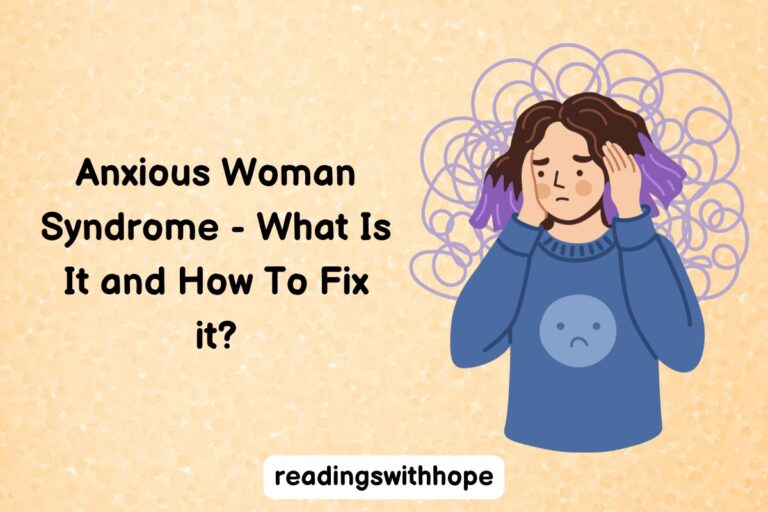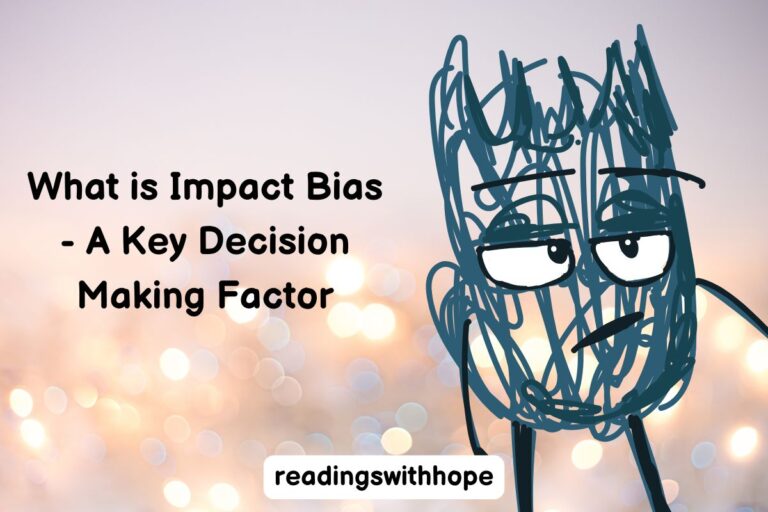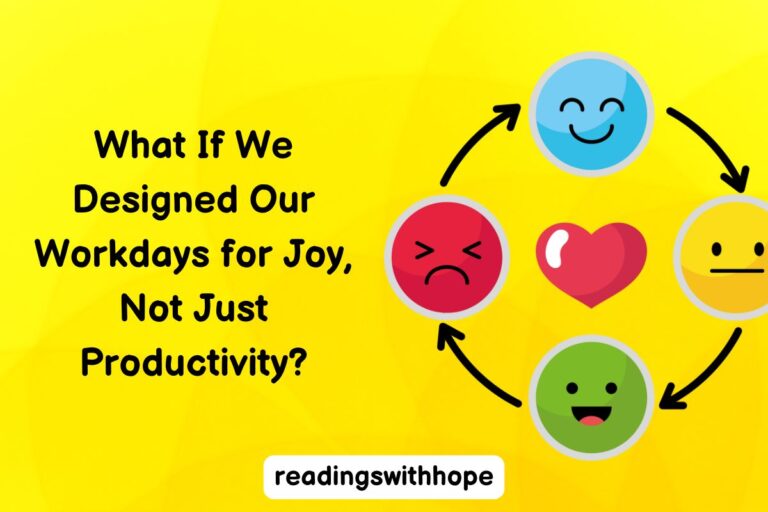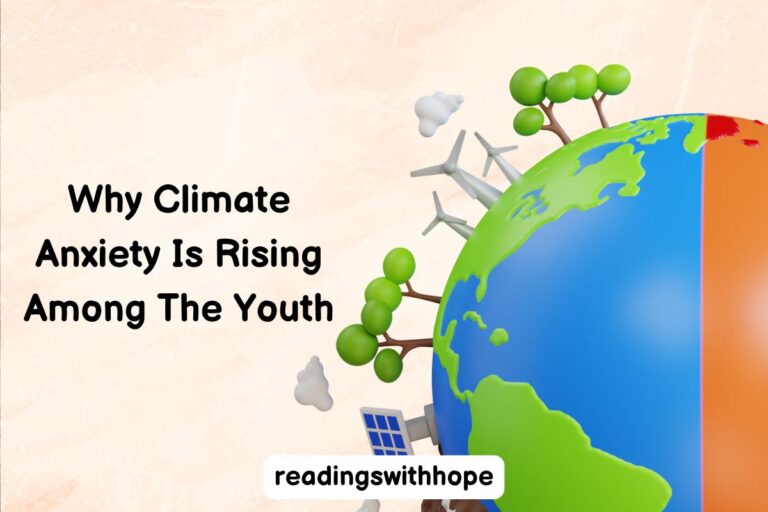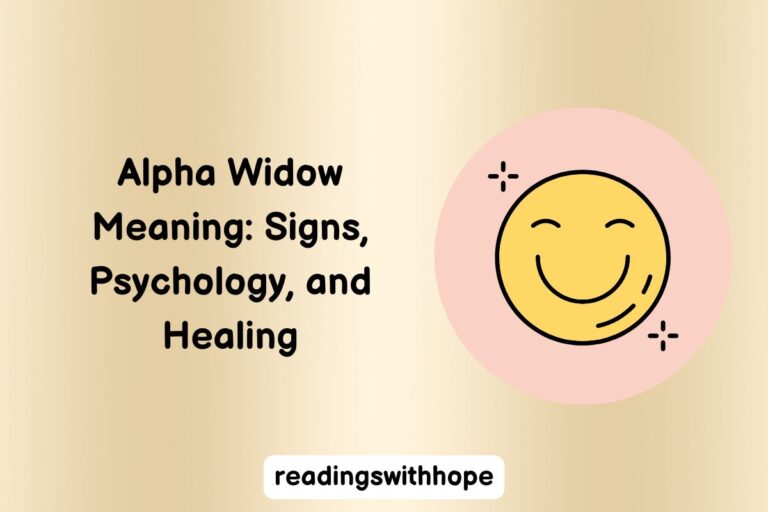Gratitude, Reframing, and Kindness – The Neuroscience of Emotional Microboosts
“Microboosts” sounds like a self-help gimmick, right?
But if we strip away the fluff and look at the science, there’s real depth to these small, consistent behaviors.
I’m talking about things like feeling genuine gratitude for a colleague, mentally reframing a bad meeting, or doing something unexpectedly kind for someone on your team. These aren’t just nice habits—they physically shift how our brains fire and wire, especially under stress.
What fascinates me is how these brief moments—if repeated—can produce neural effects that rival larger therapeutic interventions.
They’re fast, low-effort, and biologically strategic. And in our current climate of chronic cognitive load and emotional fatigue, they might be one of the most underutilized tools we’ve got for building resilience.
So in this series, I want to dig into the neuroscience of how these microboosts work. Let’s start with gratitude—and not the fluffy kind, but the circuitry-and-neurotransmitter kind.
How gratitude rewires our brain
The reward system loves a good thank you
Gratitude, when deeply felt, hits our mesolimbic dopamine pathway—the same one that lights up with food, sex, or a good punchline. But here’s the twist: gratitude activates this reward circuitry without needing a material reward.
That’s huge.
The ventral tegmental area (VTA) and nucleus accumbens both show increased activity during acts or even reflections of gratitude. It’s essentially the brain saying, “This is meaningful—do it again.”
I once saw this in action in a study where participants wrote letters of appreciation but didn’t even send them.
Just the act of writing lit up the VTA and sustained activation in the medial prefrontal cortex (mPFC) for weeks. Weeks! That suggests gratitude isn’t just a momentary blip—it creates lasting shifts in value assignment and self-perception.
Gratitude makes the prefrontal cortex work smarter
We already know the prefrontal cortex (PFC) is critical for executive function, emotional regulation, and long-term planning.
But here’s where it gets really interesting: regular gratitude practice strengthens top-down modulation of limbic structures. Think of it like the PFC learning to be a better emotional parent to the amygdala.
This top-down control shows up in both reappraisal tasks and emotion regulation paradigms. Brain scans reveal tighter coupling between the PFC and subcortical regions when people are primed for gratitude. It’s not just that they feel better—they process threats and rewards more efficiently. That has real implications for everything from burnout recovery to performance under pressure.
Gratitude shifts the default mode network
The default mode network (DMN) is where our minds wander when we’re not focused on a task—often into worry, rumination, or self-criticism. But gratitude interrupts that loop. Functional MRI studies show reduced DMN activity during gratitude reflection, especially in regions like the posterior cingulate cortex and medial prefrontal cortex, which are usually active during self-referential thinking.
I’ve found that this explains why gratitude feels so mentally “clearing.” It’s not just mood—it’s reduced self-centered prediction modeling. You’re temporarily stepping out of that loop of what’s wrong, what’s missing, what might go badly. It’s like giving the DMN a software patch that reroutes you to curiosity and connection instead.
The insula and anterior cingulate cortex come online
The anterior insula and anterior cingulate cortex (ACC) are key players in social emotion—especially empathy, interoception, and moral cognition. They’re also both activated during gratitude experiences, particularly when someone receives help they didn’t expect or deserve.
What’s beautiful here is that gratitude bridges self and other. The insula helps us track our internal bodily state, while the ACC flags social relevance. Together, they allow us to feel how someone’s actions affected us. And when we express gratitude, those same regions light up in the giver’s brain too. It’s like a bi-directional emotional handshake in neural form.
Gray matter can change, too
There’s also structural evidence that long-term gratitude practice leads to increased gray matter density in key emotional regulation zones. A longitudinal study tracked participants who journaled gratitude weekly and found measurable changes in ventromedial prefrontal cortex volume after 12 weeks. That might not sound like much, but remember: the adult brain isn’t known for casually remodeling itself.
And yet, these micro-interventions appear to have that power. Small, repeated activations—especially ones paired with reflection and social salience—drive Hebbian learning: “cells that fire together, wire together.” Gratitude essentially creates a training protocol for better emotional bandwidth.
Example: gratitude in high-stress environments
Let’s ground this with something real. In trauma recovery programs with first responders, brief gratitude-focused check-ins were added to group debriefs. Over 6 weeks, not only did participants report lower perceived stress and higher cohesion, but saliva cortisol levels dropped measurably. And here’s the kicker: the gratitude exercises lasted less than five minutes.
So we’re not just talking about feel-good fluff. We’re talking about neuroendocrine modulation, better threat response calibration, and more adaptive social bonding—activated by a shift in attention and appraisal. That’s wildly efficient, and honestly, pretty elegant.
Gratitude isn’t a personality trait—it’s a neurocognitive tool. And when we treat it like one, we start to see it as an intervention rather than an outcome. That shift opens the door to applying it intentionally, especially in high-demand or emotionally intense environments. Up next, we’ll dive into reframing—and why your brain’s interpretation of reality matters more than the reality itself.
How reframing changes your brain’s reality
If there’s one tool I think we don’t give enough credit to in neuroscience-backed self-regulation, it’s cognitive reframing. I mean, it sounds so simple—look at something differently—but under the hood, it’s a full-on neural remodeling technique. When we reframe, we’re not just “thinking positively”; we’re initiating a real-time reconfiguration of threat appraisal systems, shifting the brain’s valuation metrics and stress response thresholds.
The beauty of reframing is that it hijacks interpretive bias, which is usually hardwired through habit or past trauma. And instead of just suppressing emotion, it actively relabels and restructures it. That’s a key distinction—and it’s why reframing is so effective in stress resilience, therapy, and leadership coaching. Let’s unpack what’s really happening at the neural level when we reframe.
The prefrontal cortex takes the lead
When you reframe a stressful event—say, turning a botched presentation into a growth opportunity—you’re engaging both the dorsolateral prefrontal cortex (dlPFC) and the ventrolateral prefrontal cortex (vlPFC). These regions are known for executive control, especially when it comes to inhibiting automatic emotional responses and generating alternative interpretations.
What’s especially cool is how these PFC regions modulate amygdala activity. Studies using real-time fMRI have shown that as people reframe, amygdala activity—particularly in the basolateral complex—decreases. You’re quite literally talking your brain out of a fear response. That’s not just psychological—it’s electrical, chemical, and metabolic.
Now, not all reframing is equally effective. Semantic reframing (e.g., “This is a learning moment”) activates more left-hemispheric networks tied to language and abstract reasoning, whereas context reframing (e.g., “Others have bounced back from worse”) taps into episodic memory systems via the hippocampus. The route you take influences the circuits you reinforce.
Memory reconsolidation and reframing
Here’s where things get really interesting. When you reframe an emotionally charged memory, you’re not just changing your reaction to it—you may actually be changing the memory itself. This ties into the science of memory reconsolidation. When a memory is reactivated, it becomes temporarily labile—open to editing—before it’s stored again.
If you introduce a new emotional interpretation during that window, the neural encoding can shift. One study had participants recall negative events, then reframe them using guided prompts. A week later, their neural signatures (using EEG and fMRI) showed less activity in limbic circuits during re-exposure. The takeaway? The brain doesn’t just remember what happened—it remembers how you feel about it. Reframing updates both.
Why reframing builds resilience
From a systems neuroscience perspective, resilience isn’t about avoiding stress—it’s about adaptive prediction. Reframing changes the priors that the brain uses to interpret incoming data. That’s critical. If your internal model expects threat or failure, it’ll shape perception accordingly. Reframing subtly rewrites that model.
This is where predictive coding theory shines. The brain is constantly running simulations, comparing prediction errors to real input. Reframing reduces the “error” between catastrophic expectation and neutral or positive reappraisal. That improves emotional efficiency—less wasted energy on overreactions.
Real-world example: reframing under performance pressure
In one study of elite athletes, those trained in cognitive reappraisal performed significantly better under pressure. fMRI showed enhanced activation in the anterior cingulate cortex (ACC) and dlPFC, along with reduced insula and amygdala activity. The researchers noted a more stable autonomic signature (lower HRV fluctuations), suggesting that reframing wasn’t just cognitive—it had physiological ripple effects.
I’ve seen this outside labs too. In high-stakes executive coaching, leaders who master reframing don’t just bounce back from setbacks faster—they lead better, because they regulate emotion contagion in their teams. That’s a network effect grounded in neural behavior.
Reframing isn’t always conscious
Here’s a subtle but important point: not all reframing is deliberate. The orbitofrontal cortex (OFC), for instance, continuously evaluates outcomes and shifts behavior accordingly. Some forms of reappraisal happen on the fly, almost subconsciously. But with practice, we can make those shifts conscious, and therefore repeatable.
Think of it like training a reflex. With enough reps, the brain gets better at reaching for interpretations that regulate rather than escalate. That’s neuroplasticity in action, and it’s one reason why even short-term interventions can yield long-term cognitive flexibility.
Why kindness boosts brain performance
Kindness has a branding problem. It’s too often filed under “soft skills” or seen as morally nice but neurologically lightweight. But if you dig into the neuroscience, you’ll find that kindness is one of the most metabolically efficient, socially contagious, and neurochemically rewarding behaviors we have access to. And it works fast.
When I say “kindness,” I’m talking about micro-acts—holding the elevator, making space in a meeting, checking in on someone having a tough day. These moments don’t just improve group dynamics—they light up reward systems, increase parasympathetic tone, and activate neural synchrony between individuals. It’s interpersonal regulation with a neurobiological engine.
Let’s get into the specifics.
Kindness activates the reward network
Much like gratitude, kindness lights up the ventromedial prefrontal cortex (vmPFC) and nucleus accumbens—both core nodes in the reward network. But what’s fascinating is that kindness directed toward others creates a more sustained dopaminergic response than receiving a reward ourselves. It’s like the brain is wired to reinforce altruism.
One study scanned participants who donated to charity anonymously versus those who kept the money. The givers had stronger and longer-lasting activation in reward areas, especially when the act was unexpected or self-initiated. The brain wants to feel useful—it sees prosocial behavior as a win.
Oxytocin, bonding, and safety
Micro-acts of kindness trigger oxytocin release, which plays a huge role in social bonding, trust, and emotion regulation. But it’s not just a warm fuzzy—oxytocin actually down-regulates the HPA axis, reducing cortisol production and sympathetic activation. That’s critical for teams and families operating under stress.
In one organizational neuroscience study, workplaces with higher reported micro-kindness (simple affirmations, help without being asked) showed lower average resting heart rates and better vagal tone in employees. That means their nervous systems were spending more time in a recovery state—even under pressure. Kindness, in effect, buffered the entire system.
The brain synchronizes during acts of kindness
Here’s something wild: kindness doesn’t just affect one brain—it can align two. In hyperscanning experiments (where two brains are scanned simultaneously), dyads engaged in small acts of kindness showed increased cross-brain coherence in the temporoparietal junction (TPJ) and anterior insula. These are regions tied to perspective-taking and emotional mirroring.
So yes, kindness boosts your neurochemistry—but it also tunes the other person’s brain into yours. That’s how trust is built, not just emotionally, but electrically. Think about what that means for leadership, caregiving, or teaching—it’s profound.
Kindness rewires stress appraisal
Remember how we talked about the brain’s predictive models earlier? Kindness alters those too. When you experience repeated small acts of kindness, your brain starts to expect safety, not threat. That changes how you interpret ambiguous social cues.
In anxious or trauma-affected brains, the amygdala is primed for danger. But kindness introduces inconsistent prediction errors—moments where the environment is unexpectedly supportive. If that happens enough, the brain updates its priors. Over time, you feel safer, and your cognitive load drops because you’re not running background threat simulations all day.
Real-world application: kindness in clinical settings
In hospital systems where micro-kindness was embedded into nursing protocols (e.g., touch, affirming language, eye contact), patient outcomes improved and burnout scores dropped for staff. Nurses showed higher insula activation and ACC activity—both signs of attuned empathy—but also better emotion regulation.
What’s wild is that the kindness took under 10 seconds per patient. These weren’t grand gestures. They were emotionally intelligent micro-signals—and they changed the chemistry of care.
Final Thoughts
Gratitude, reframing, and kindness might look small on the surface—but under the hood, they’re neural power moves. They shift valuation systems, quiet fear responses, rewrite memory priors, and build networks of resilience—not just in individuals, but in groups. That’s why I think of them not as traits, but as tools.
If we start treating these microboosts as interventions—measurable, trainable, repeatable—we open up new doors in therapy, leadership, education, and beyond. The data’s already there. Now it’s just a matter of putting it to work.

